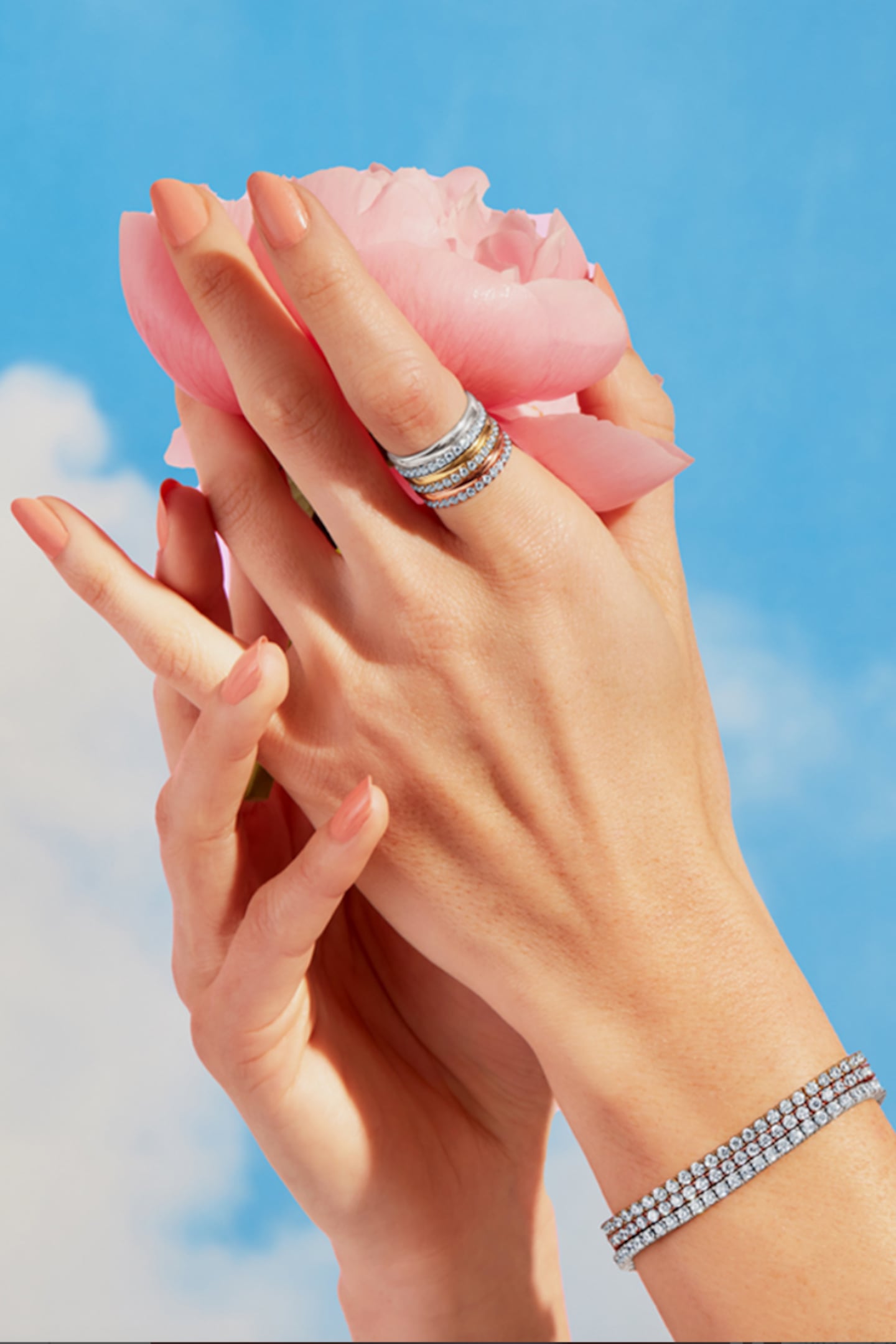
The Business of Fashion
Agenda-setting intelligence, analysis and advice for the global fashion community.

Agenda-setting intelligence, analysis and advice for the global fashion community.

According to jewellery brand Skydiamond, its British-made gems are “mined entirely from the sky.” The company, which claims to make the world’s only carbon-negative diamonds, uses patented technology to manufacture stones out of carbon captured from the atmosphere.
But its marketing doesn’t make the fact that its stones are grown in a lab rather than mined from the ground clear enough for consumers, according to a ruling by the UK’s Advertising Standards Authority published Wednesday.
The finding, in response to a complaint filed last year by diamond industry lobby group the Natural Diamond Council, concluded that Skydiamond must prominently indicate that its stones are man-made in its advertising from now on. Several other complaints filed by the NDC around the same time were resolved after the brands involved agreed to change their marketing language to make the provenance of their stones clear, the ASA said.
Skydiamond said it is appealing the ruling. “Our website and all of our marketing, indeed our very name, make clear that our diamonds come from the sky,” founder Dale Vince said in a statement, framing the complaint as an anti-competitive drive by the mining sector.
ADVERTISEMENT
The ASA’s decision is the latest victory in a long-standing campaign by the diamond industry to ensure “natural” mined stones are distinguished from those forged in a lab as the market for man-made diamonds has grown rapidly over the last decade. The US Federal Trade Commission issued similar guidance in 2018.
“Natural Diamond Council is committed to the protection of consumer trust, and as a part of that commitment we highlight to authorities when we believe marketing is misleading,” NDC chief executive David Kellie said in an emailed statement. “Increased transparency in terminology usage will greatly support consumer confidence in the diamond industry.”
Lab-grown diamonds are chemically identical to those created deep within the earth. They began to hit the market commercially about a decade ago, threatening the cultural cachet and pricing power miners and jewellers had built around mined stones through a mix of carefully controlled supply and powerful advertising campaigns.
In response, the industry has for years waged a quiet marketing war, amping up efforts to promote natural diamonds, while dismissing man-made gems as inauthentic baubles and seeking to influence advertising standards.
Nonetheless, for some consumers the idea of a diamond grown in a lab has become a selling point, not a downside, reflecting growing interest in sustainability in parts of the market. While synthetic diamonds can require a lot of energy to produce, the messy environmental and ethical baggage that comes with mined stones has proved a turn off for an emerging niche of conscious consumers.
According to jewellery industry analyst Paul Zimnisky, sales of man-made diamonds for jewellery are expected to hit $18 billion this year, accounting for around 20 percent of the worldwide diamond market and up sharply from $1 billion just under a decade ago. That’s not just down to competition. Lower prices for synthetic stones have helped expand the overall size of the market, according to Zimnisky.
Some brands have embraced the lab-grown trend. High-street jeweller Pandora has ditched mined stones altogether and watchmaker Breitling said in 2022 it would ultimately phase out natural diamonds. Meanwhile, LVMH invested in Israeli lab-grown diamond producer Lusix in 2022.
The latest ruling by the ASA is unlikely to do anything to change this broader trend, but it does reinforce the idea that mined and lab-grown diamonds are not created equal. Which one is preferable will be up to the consumer to decide.
Editor's Note: This article was revised on April 11, 2024, to include comment from Skydiamond.
Consumers — and the industry — are increasingly buying into lab-grown stones, altering long-held jewellery industry standards for how diamonds are sold.
Synthetic stones now make up 10 percent of the diamond market, highlighting the ways in which new materials are rewriting the rules of what is considered luxury.
With the help of a network of close-knit fashion insiders, start-ups like Diamond Foundry and Vrai & Oro are betting that manmade stones will re-energise the diamond market.

Sarah Kent is Chief Sustainability Correspondent at The Business of Fashion. She is based in London and drives BoF's coverage of critical environmental and labour issues.
When done effectively, a cultural partnership can rightfully earn its own place in the zeitgeist. But it’s not so easy as just hiring a celebrity to star in an ad campaign; brands must choose a partner that makes sense, find the format that fits best and amplify that message to consumers.
Calvin Klein’s chief marketing officer Jonathan Bottomley speaks to Imran Amed about the strategy behind the brand’s buzzy Jeremy Allen White-fronted campaign.
Often left out of the picture in a youth-obsessed industry, selling to Gen-X and Baby Boomer shoppers is more important than ever as their economic power grows.
This month, BoF Careers provides essential sector insights to help PR & communications professionals decode fashion’s creative landscape.